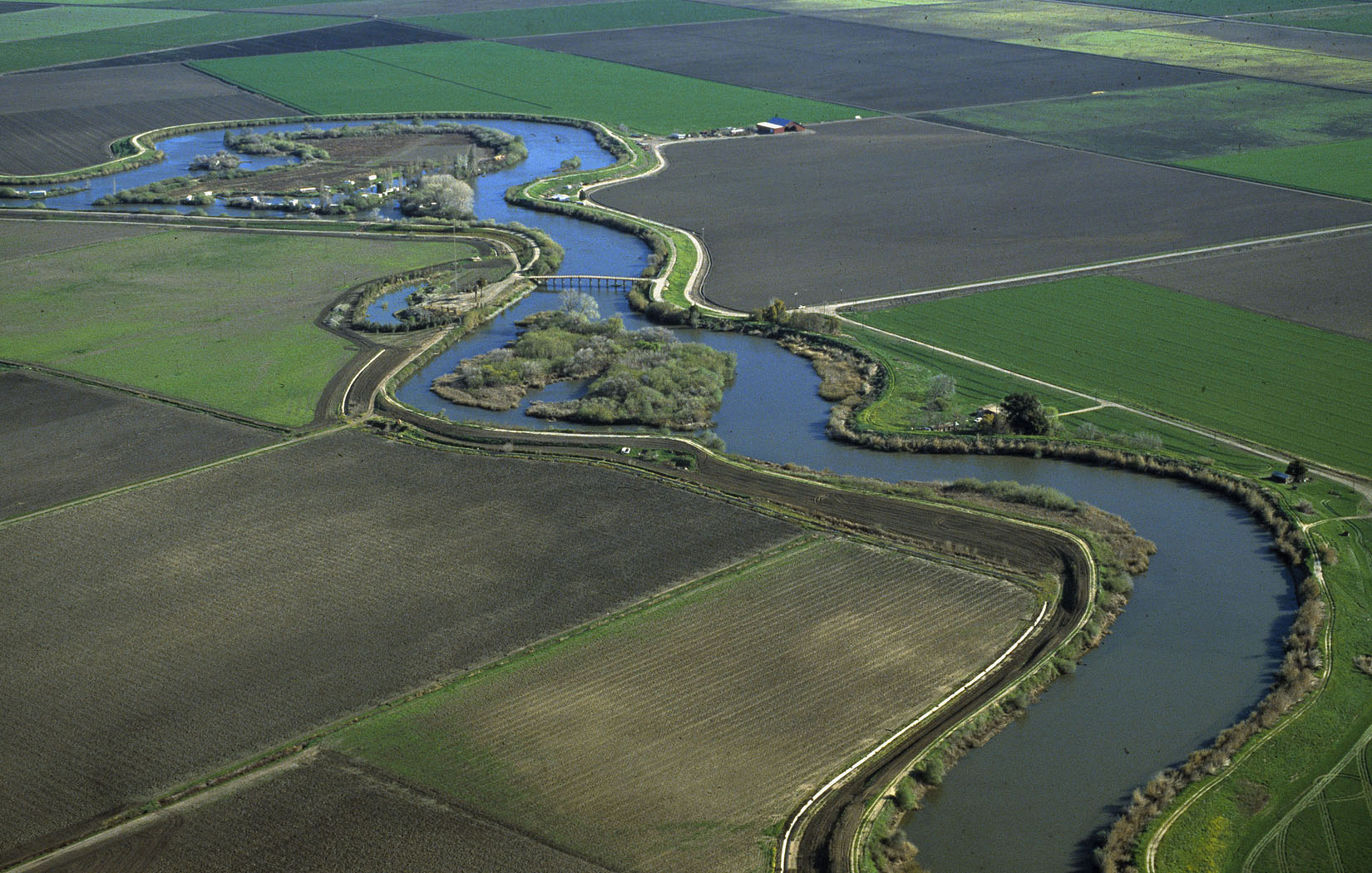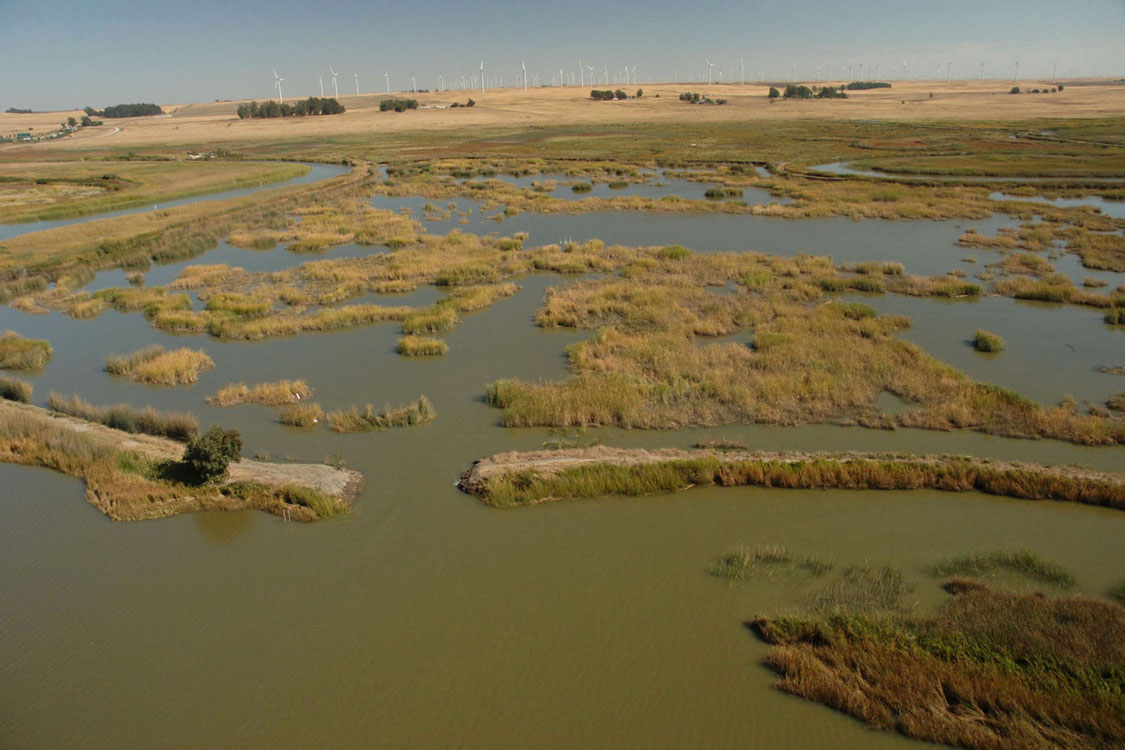A new report warns that some islands in the Sacramento-San Joaquin Delta may not be worth saving.

Here’s the bad news for Delta farmers: A new report concludes that the worst climate impacts on the Sacramento-San Joaquin Delta could affect a relatively small number of people — the farmers whose land is below sea level and protected by a vast system of levees. Maintaining and repairing those levees falls on local reclamation districts, which can’t necessarily count on state or federal bailouts in the event of catastrophic flooding in the future. It can be expensive if a levee breaks. The Public Policy Institute of California (PPIC) studied the economic impacts of changes to the fragile Delta ecosystem and has produced some recommendations that are not likely to warm the hearts of some Delta landowners.
The most flood-prone areas could see their local economy shrink by 15% over the next several decades as waters rise, reclaiming land and wiping out cropland. This area is called the “primary zone” in flood-manager lingo. It makes up almost two-thirds of the Delta’s area but accounts for only four percent of its economic activity. That’s because the population centers and accompanying services are mostly in the “secondary zone,” where the land is higher and development less limited.
The report takes a pragmatic approach: As flooding threatens more Delta land, it may not make sense to repair every levee, especially as state and federal funds for flood protection dwindle and local reclamation districts are left taking up the slack. On some islands, “The economic value of the assets on the island and the value of agricultural production is not high enough to cover the cost of fixing an island after the levees would break and the island would flood,” Ellen Hanak, an economist with PPIC and one of the authors of the report told me. She recounted the story of a 2004 levee break on the Jones Tract, one of the Delta’s islands, which cost $90 million to repair. “That was the state that paid it,” she said.

Hanak and her colleagues say state planners should think beyond resisting change in the area. They recommend a Delta levee policy that focuses resources to protect the most valuable land. They also recommend taking steps toward mitigating the economic impact on the people living in the primary zone. “There really is a need to think about softening the cost of adjustment that residents within the inner-Delta are likely to face as a result of changes in the landscape from flooding” she warned. The good news, she says, is that if the state is faced with compensating landowners, the bill should be relatively digestible for California taxpayers.
The Delta does not grow as many high value crops as the rest of the Central Valley. “A lot of times people describe Delta agriculture as high-value fruits and vegetable agriculture,” Hanak explained. “But in fact within the Delta there is actually much more land devoted to what people call ‘field crops’ — grain and hay — rather than fruits and vegetables and nuts.” That’s likely because farmers don’t want to risk tree crops in the flood-prone area. It also means that the value of the agricultural assets isn’t as high and thus repairing flooded islands may not be worth it when budgets at every level are stretched thin.
